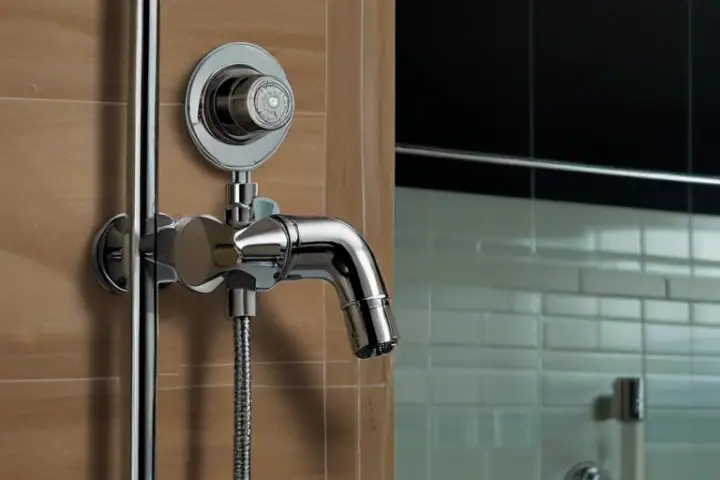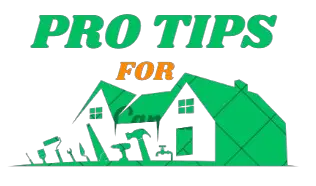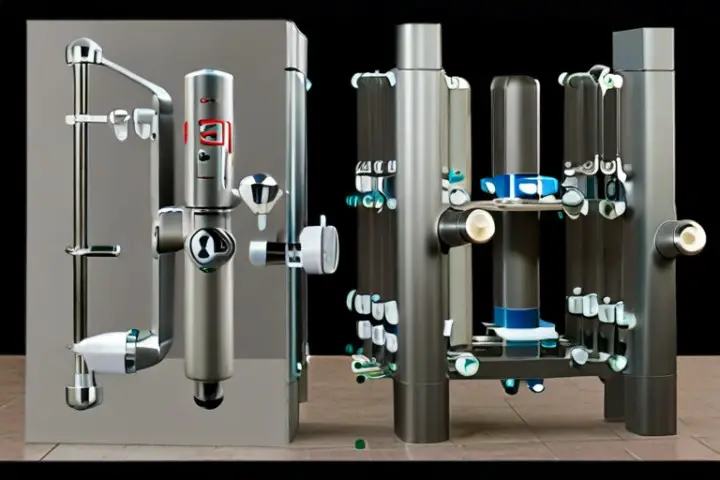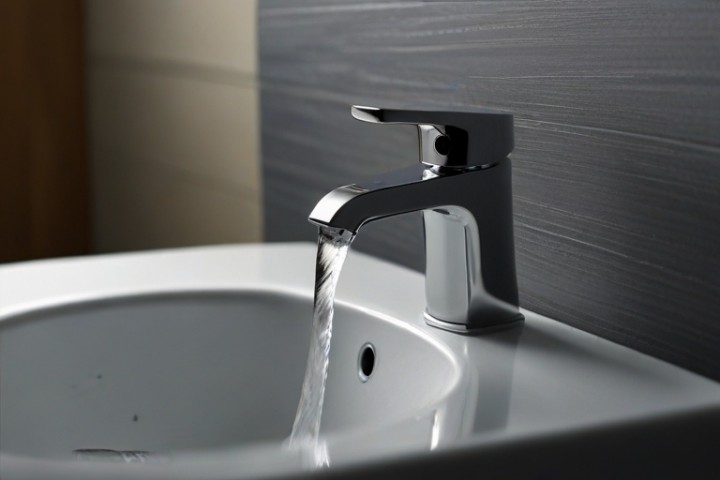PRO Guide for Shower Plumbing | Installation and Maintenance
Overview
It’s surprising how a well-designed shower can transform the daily routine into an energizing start or a relaxing prelude to the remainder of the evening. Plumbing ensures that the movement of water to and from the central experience is consistent, efficient, and safe. This comprehensive explanation delves further into shower plumbing, covering everything from the components and installation to maintenance and typical concerns.
Understanding the Components of a Shower Plumbing
Before you begin to installation or troubleshoot a bath, it is vital you recognize the key additives of a bath plumbing system:
- Water Supply Lines: These are pipes that supply water to the bathe from the main supply. Mainly, those water supply strains are built of copper, PVC, or PEX (pass-linked polyethylene). These ought to be of right size for the efficacy of the water pressure.
- Shower Valve:It is a valve which regulates and controls the amount and temperature of water that flows into a bath. There are the single-deal with, dual-cope with, thermostatic, and strain-balancing shower valves. The different types come with different benefits in regard to convenience and safety.
- Showerhead and Arm: It is a device designed for water flow, with the arm that attaches its head to the means of water supply. There are different designs: rain showers, handhelds, and massaging jets, with different styles and flows of water pressure.
- Drainage: It includes a drainpipe, trap, and waste line. It is designed to remove the waste water of the shower in a proper way. There are two imperative conditions for proper slope and ventilation to avoid congestion and to keep the discharge effective.
- Water Heater: Most showers will be connected to a water heater that generates hot water. The kind of water heater, whether tankless or tank style, and the source of energy are highly influential in determining the amount of water that will be available to take showers.
Must Read=How to Detect an Underground Water Leak?
Must Read=Bathroom Sink Stopper Stuck | how To Fix it? 10 PRO TIPS
Installing the Shower Plumbing
Installing a shower plumbing system would include a combination of plumbing knowledge, the right tools, and great attention to detail. The following are ways through which one would install it:.
Stage 1: Plan and Prepare
- Design Parameters: Establish the orientation of the shower in relation to where the valve, showerhead, and drain will be located. Design will take into consideration: accessibility, aesthetics, and the plumbing code.
- Gather Materials: Get together all the materials and tools needed: a pipe, fittings, a valve, a shower head, a shower arm, a drain assembly, and materials for waterproofing.
- Measurements: Measure the place accurately, ensuring that the shower components fit accurately. Good clearance and easy accessibility for maintenance should be arranged.
Step 2: Rough-In the Plumbing
- Water Supply Installation: Install the water supply lines, which are supposed to be properly fitted in size, alignment, and support. Connect lines to main supply lines with proper fittings and connectors.
- Shower Valve Installation: Follow the manufacturer’s instructions for putting in the bathe valve. Connect the new and cold water strains to the valve within the proper configuration, in addition to the valve to the showerhead.
- Shower Drain: Install shower drain, which include the drain pipe, trap, and strainer. Ensure that the drain’s slope is steep enough on the way to drain well; tie the waste line into the primary sewer or septic device.
Step 3: Water Tightening and Enclosing
- Waterproofing: The waterproofing membrane or sealant applied to the walls and floors of the shower to avoid water from seeping through. All essential waterproofing measures would be taken in accordance with industry standards and the latest local requirements.
- Enclosure Fitting: Fits on any shower wall, doors, or curtains enclosing the shower space. Ensure that it seals properly and is aligned so that water is not allowed to leak.
Step 4: Final Connection and Testing
- Shower Head and Arm Installation: Secure the shower head and arm in position, ensuring that it is firmly held in place and provides the best positioned path for the flow of water.
- FINISHING TOUCHES: Caulk or tape joints, connections, and seams in order to further prevent any possible leaks. Test the plumbing shower system for any leaks and proper water flow and check whether it is temperature controllable.

Shower Plumbing Maintenance Advice
Proper and normal renovation is the key to ensuring that your shower plumbing system works nicely and lasts for a longer time. Here are some hints:
- Clean the Showerhead: The showerhead should occasionally be removed for cleaning, whereby mineral deposits and other dirty materials should be cleared in order to ensure the flow of water.
- Leaks: The water supply lines, valves, and the drain system must be checked to look for any leaks. In the event that they are noticed, repairs should be made at the soonest possible time to avoid water damages and the growth of molds.
- Monitor Pressure: Keep an eye on the pressure and adjust to whatever rise or fall experience within the pressure. Low water strain should mean that there is a blockage inside the pipes or the valves require attending.
- Maintain clogged drains: Apply drain cleaners or herbal solutions to preserve the blockage of drains caused by hairs, cleaning soap scum, and another particles that normally causes blockage in the drains.
- Professional Inspection: Regular professional scheduled inspection with a licensed plumber to be carried out on your shower plumbing system to assess its condition and treat any problems proactively.
Must Read=Garbage Disposal is not Working? Here’s What to do
Common Issues and Troubleshooting
Even if you carry out a proper installation and maintenance, shower plumbing systems still face a few problems after some time. Here are a few problems that one might find common and how he should troubleshoot:
- Low water pressure: Inspect showerheads, pipes, or valves for clogging. Clean or replace the choked components in order to restore the pressure in the water.
- Leaks: Check for visible leakages or seepages in pipes, connections, and fixtures. Fix or tighten loose fitting. Restore or replace damaged seals and repair or replace any leaky.
- Fluctuating Temperatures: Replace shower valve, or upgrade to a thermostatic valve if possible, for control of the temperature.
- Drain clogs: Most clogs are removed thru the use of a plunger or snake. For more difficult clogs, reach for the chemical drain cleaners, or higher but, use the cellphone and get in touch with your pleasant neighborhood plumbing expert.
- Water heater: If the problem is inconsistent or insufficient hot water, the water heater should be checked for sediment buildup, a failure in the heating components, or thermostat troubles.
Conclusion
Proper shower plumbing assures a comfortable, nice, and pleasant shower. Take care of elements, follow rules of good installation, service regularly, and repair in time to assure your plumbing works efficiently and serves you for many years. Be it the renovation of the existing or a new installation of the shower, the knowledge provided in this guide and the steps indicated will help you do shower plumbing with confidence.




